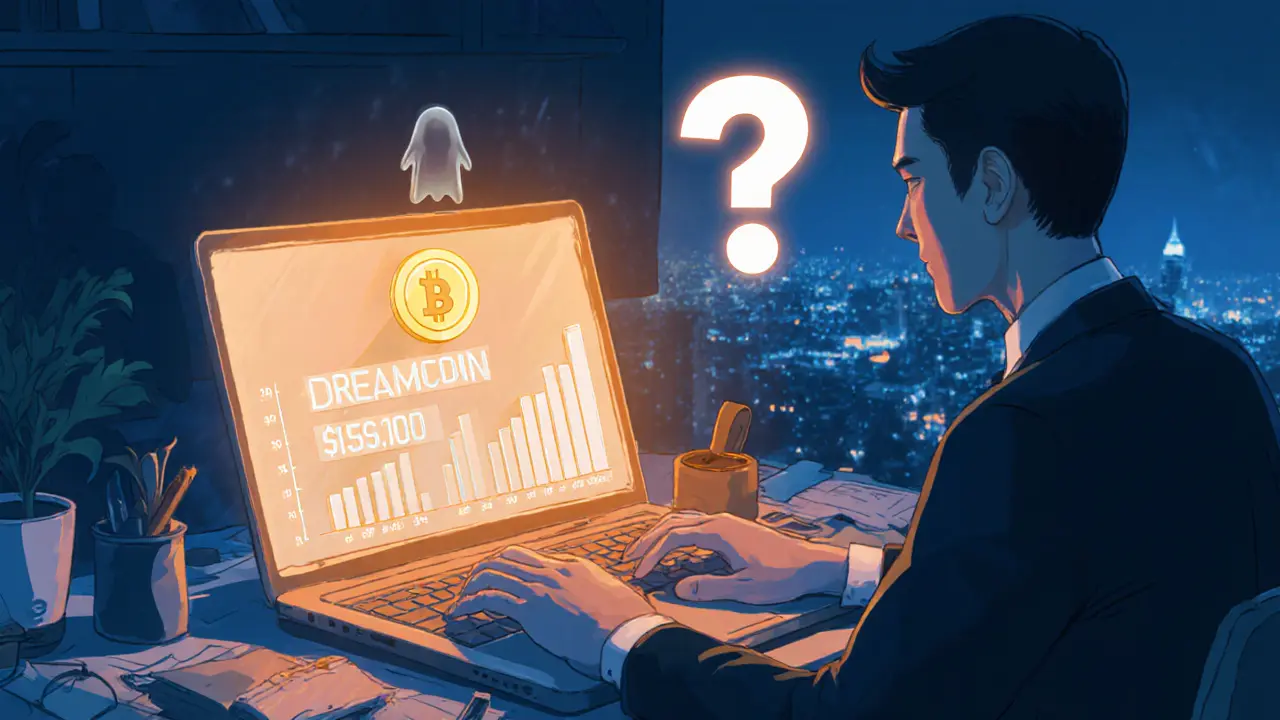DRM (Digital Rights Management) Overview
When talking about DRM, a set of technologies that control how digital media is used, shared, or reproduced. Also known as Digital Rights Management, it aims to protect creators’ rights while enforcing usage rules. In the crypto world, Blockchain, a distributed ledger that records transactions transparently and immutably and Smart Contracts, self‑executing code that runs on a blockchain when predefined conditions are met have become the backbone for next‑gen DRM solutions.
Why DRM matters in the crypto era
Traditional DRM relied on centralized servers that could be hacked or shut down. By moving rights enforcement onto a blockchain, you get tamper‑proof ownership records and automated licensing. This creates a clear semantic triple: DRM encompasses control mechanisms, Blockchain enables tokenized rights, and Smart contracts enforce DRM rules. The result is a system where creators can issue a token that represents a license, and the token automatically checks usage limits without a middleman.
Enter Tokenization, the process of converting real‑world assets or rights into blockchain‑based tokens. Tokenized DRM lets you sell a song, an ebook, or a piece of game art as a unique token. The buyer can verify ownership instantly, and the contract can restrict copying or resale based on the creator’s policy. This approach bridges the gap between royalty collection and user experience, turning complex licensing into a simple click‑and‑hold action.
Privacy‑focused platforms also intersect with DRM. Non‑KYC exchanges, which let users trade without identity verification, highlight the tension between open finance and rights enforcement. While they protect user anonymity, they can also make it harder to trace illegal distribution of copyrighted material. Understanding this trade‑off helps creators decide whether to prioritize privacy or stricter control when choosing a distribution channel.
Airdrops illustrate another angle of DRM in crypto. Projects occasionally distribute tokens to community members as a reward or promotional tool. If those tokens represent access rights—say, a premium subscription or exclusive content—the airdrop becomes a DRM mechanism itself. This shows how token economics can double as both marketing and rights management.
Regulators are watching closely. In jurisdictions with strict copyright laws, blockchain‑based DRM may need to comply with local enforcement rules, such as providing a way to revoke access when a license expires. Smart contracts can be coded to include such revocation clauses, ensuring legal compliance while keeping the system decentralized.
For developers, building a DRM solution starts with choosing the right blockchain—public networks like Ethereum offer broad support, while permissioned chains give more control over who can see transaction data. Then you design a smart contract that defines the rights, usage limits, and penalties. Finally, you integrate the contract with your front‑end, letting users interact via wallets that handle token transfers and license verification.
Below you’ll find a curated collection of articles that dig deeper into each piece of this puzzle— from airdrop guides and exchange reviews to tax implications and regulatory updates. Whether you’re a creator looking to protect your work, a developer building the next DRM platform, or a user curious about how your digital rights are enforced, these resources give you practical insights and real‑world examples to navigate the evolving landscape.
Dreamcoin (DRM) Explained: What It Is, Price, and Risks
Dreamcoin (DRM) is a tiny, illiquid crypto token with a $15k market cap and no clear use case. Learn its price, supply, risks, and why it’s generally unsuitable for investment.





